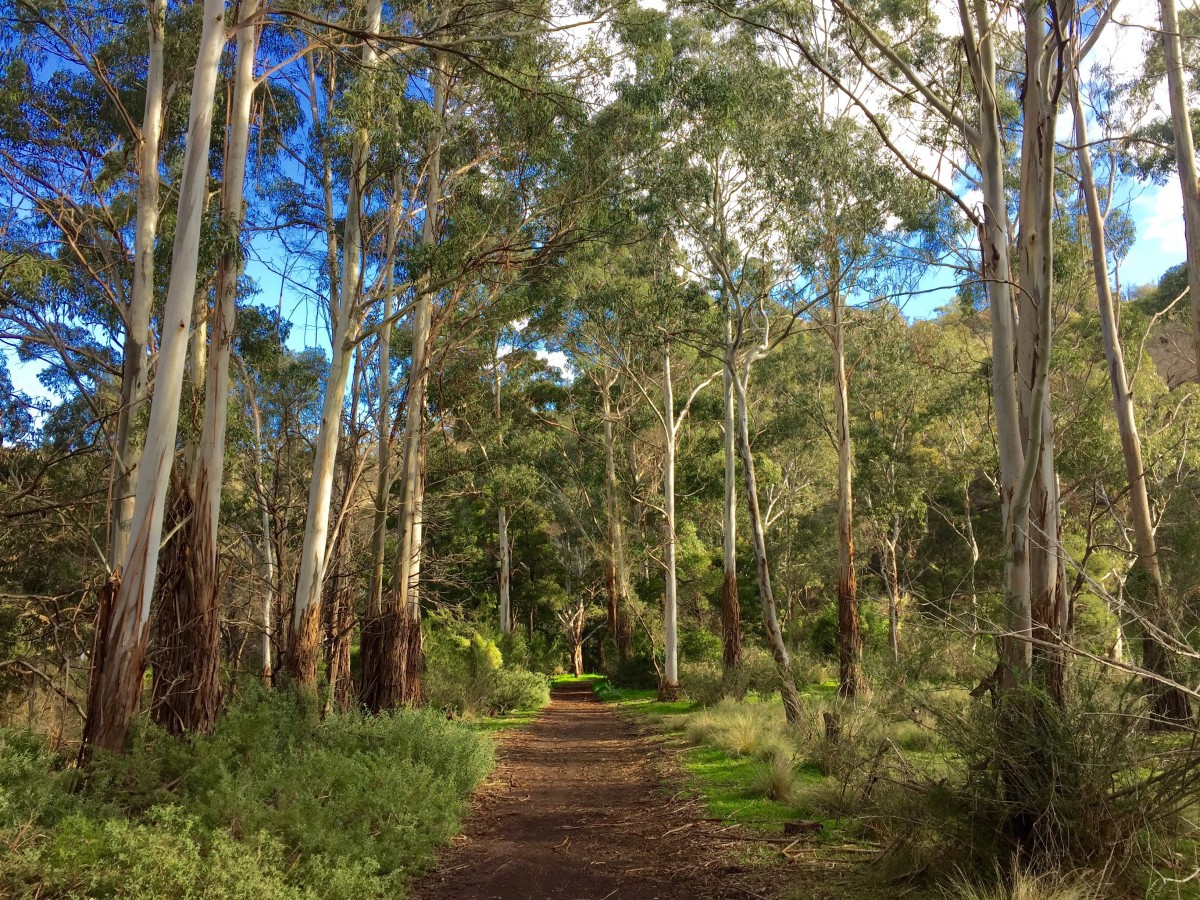Soon after we moved to Australia, my family hiked in a temperate rainforest in the Yarra Ranges, an hour-and-a-half from our house. Southern Victoria is home to several of these rainforests. They challenge my prior knowledge of rainforests as places where the hot air drips with humidity, and where creatures such as toucans, monkeys, and boa constrictors live. In contrast to the bright colors and raucous noises of my imagination, the rainforests of my experience are subdued, quiet. In comparison, unimpressive.
Login to read more
Sign in or create a free account to access Subscriber-only content.
